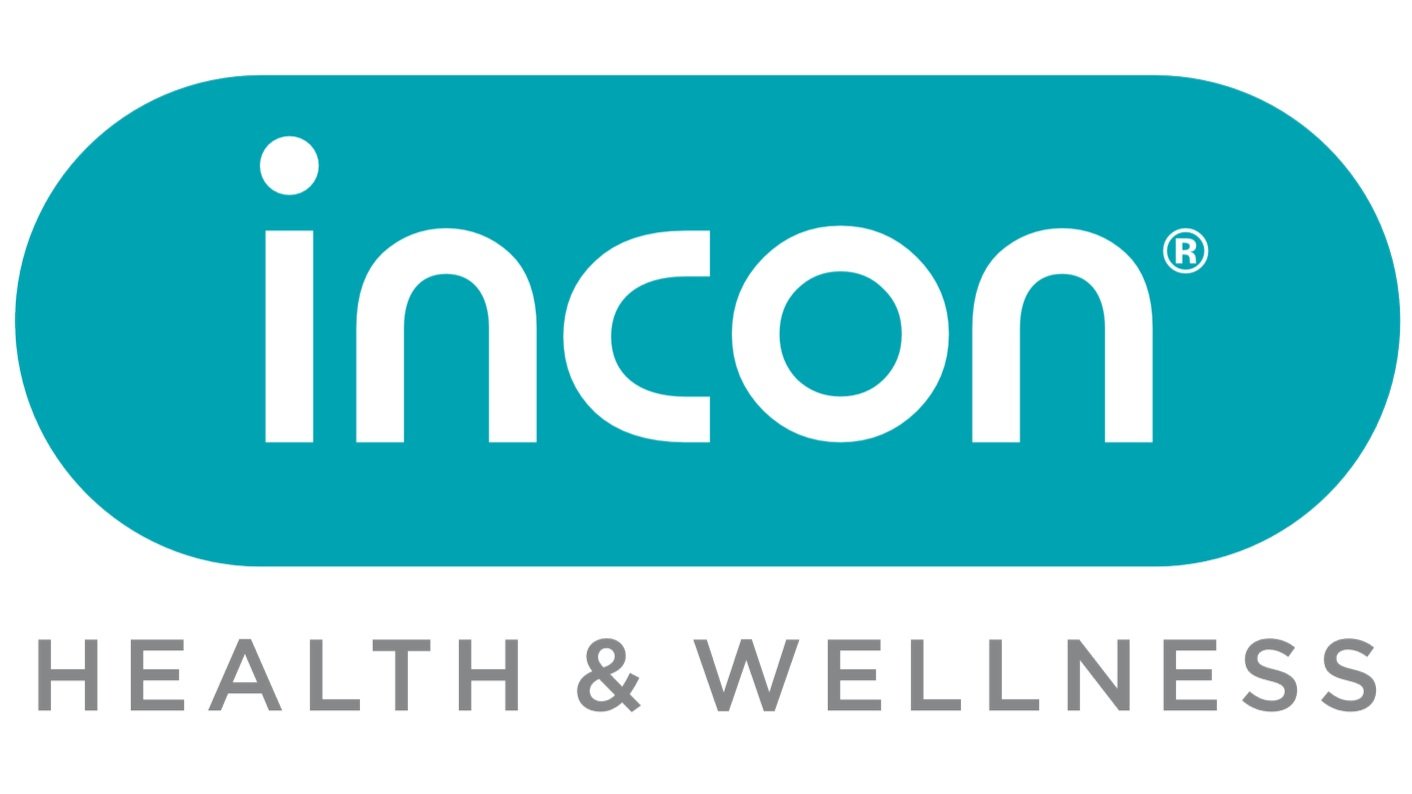Navigating SA’s OHS Regulations
Occupational Health and Safety (OHS) compliance is about more than just following rules—it’s about protecting employees and ensuring business continuity. In South Africa, OHS regulations are constantly evolving to adapt to new workplace challenges and risks. Staying compliant isn’t just a legal requirement; it’s a moral obligation to safeguard employee well-being.
The latest changes in South Africa’s OHS landscape emphasise stricter safety protocols, enhanced employee training, and more rigorous reporting requirements. There’s a greater focus on proactive risk assessment and incident prevention, shifting from reactive to preventive safety management. Employers are now required to conduct regular safety audits, identify potential hazards, and implement comprehensive safety programs.
Compliance is more than paperwork. It involves a cultural shift towards safety consciousness. It requires clear communication, employee training, and continuous monitoring. From office environments to high-risk industries like construction and manufacturing, compliance ensures that safety standards are met, risks are managed, and employees are protected.
Q&A:
Who is responsible for OHS compliance?
Employers have the primary responsibility to provide a safe work environment. However, employees also have a duty to follow safety protocols and report hazards. Safety is a shared responsibility.What are the penalties for non-compliance?
Non-compliance can result in severe penalties, including hefty fines, legal liabilities, and even imprisonment for gross negligence. The cost of non-compliance far outweighs the investment in safety measures.How can businesses stay compliant?
Regular safety audits, continuous training, and keeping up-to-date with legislative changes are crucial. Partnering with occupational health and safety experts can also ensure comprehensive compliance.
Staying compliant isn’t just about avoiding penalties. It builds trust and enhances employee morale. When employees feel safe, they are more engaged and productive. It’s about creating a workplace culture where safety is prioritised, and risks are proactively managed.
OHS compliance isn’t a one-time task; it’s an ongoing commitment. It’s about taking responsibility for employee safety and well-being. In a world where workplace risks are constantly evolving, proactive compliance is the key to a resilient and productive workplace.

